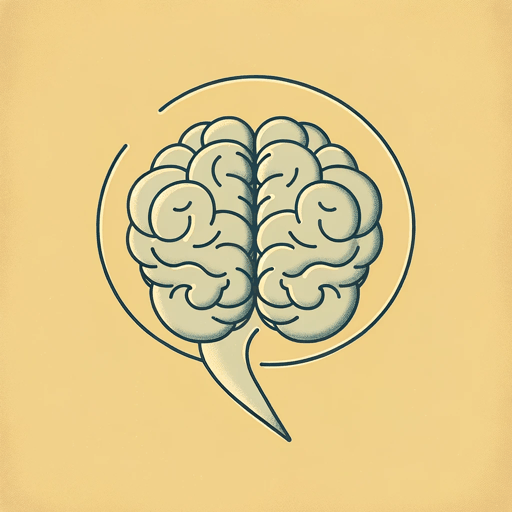55 pages • 1 hour read
Greg Lukianoff, Jonathan HaidtThe Coddling of the American Mind: How Good Intentions and Bad Ideas are Setting Up a Generation for Failure
Nonfiction | Book | Adult | Published in 2018A modern alternative to SparkNotes and CliffsNotes, SuperSummary offers high-quality Study Guides with detailed chapter summaries and analysis of major themes, characters, and more.
Important Quotes
“The culture on many college campuses has become more ideologically uniform, compromising the ability of scholars to seek truth, and of students to learn from a broad range of thinkers. Extremists have proliferated on the far right and the far left, provoking one another to ever deeper levels of hatred. Social media has channeled partisan passions into the creation of a ‘callout culture’; anyone can be publicly shamed for saying something well-intentioned that someone else interprets uncharitably.”
(Introduction, Page 5)
On some campuses, only certain political positions are acceptable, and any deviation must be shamed publicly. For older observers, this might bring to mind the Soviet Union, where citizens could be arrested for failing to applaud loudly enough when the ruling party’s leader is mentioned.
“If students succeeded in creating bubbles of intellectual ‘safety’ in college, they would set themselves up for even greater anxiety and conflict after graduation, when they will certainly encounter many more people with more extreme views.”
(Introduction, Page 9)
The more we strive for perfect safety, the harder it is to venture out into the world and learn its lessons. Children are thus unprepared to deal with people who hold ideas inimical to the ones they have been taught. College and life beyond it are filled with different ideas; it’s a mistake to shield students from such controversy. Instead, they should learn how to listen to and debate with new and uncomfortable ideas.
“[M]any parents, K-12 teachers, professors, and university administrators have been unknowingly teaching a generation of students to engage in the mental habits commonly seen in people who suffer from anxiety and depression.”
(Introduction, Page 10)
Meant to keep students safe, their attitudes of personal fragility, emotional certainty, and us-versus-them paranoia generate distortions that render young people vulnerable to mental instability and deep unhappiness.
Related Titles
By these authors



